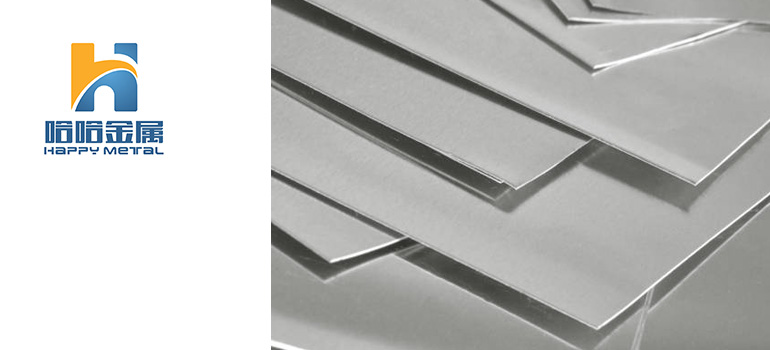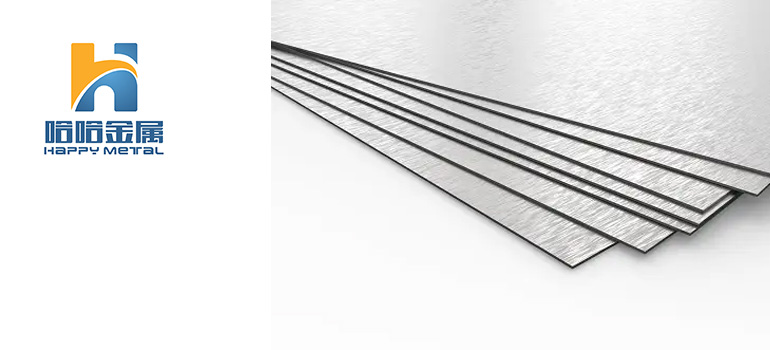Summary:
Exploring Al Zn Mg Alloy Plate: Everything You Need to Know
What is Al Zn Mg alloy plate ?
Historical Evolution of Al Zn Mg Alloy Plate
Properties and Characteristics of Al Zn Mg Alloy Plate
Applications Across Industries of Al Zn Mg Alloy Plate
What is Al Zn Mg alloy plate ?

Al Zn Mg alloy plate refers to a type of metallic material composed primarily of aluminum (Al), zinc (Zn), and magnesium (Mg). This alloy is designed to combine the favorable properties of these three elements, creating a material with enhanced strength, durability, and other desirable characteristics.
Here’s a breakdown of the key components:
Aluminum (Al): Aluminum is known for its lightweight nature and corrosion resistance. It is a versatile metal widely used in various industries.
Zinc (Zn): Zinc contributes to the alloy’s strength and hardness. It also provides effective corrosion resistance, making the alloy suitable for applications in challenging environments.
Magnesium (Mg): Magnesium enhances the alloy’s overall mechanical properties, such as tensile strength and toughness. It also aids in improving the alloy’s machinability.
The combination of these elements results in an alloy that offers a balance of strength, lightness, and resistance to corrosion. Al Zn Mg alloy plates find applications in industries such as aerospace, automotive, and manufacturing, where these properties are highly valued. The alloy is often used in the production of structural components and materials requiring a high strength-to-weight ratio.
Historical Evolution of Al Zn Mg Alloy Plate
The historical evolution of Al Zn Mg alloy plates involves tracing the development and advancements in the understanding, production, and application of this particular alloy over time. While the exact historical timeline may vary, here is a general overview of the historical evolution of Al Zn Mg alloy plates:
Early Development and Discovery:
The initial stages of Al Zn Mg alloy development likely involved experimental alloying of aluminum with zinc and magnesium. Researchers and metallurgists explored different compositions to enhance the properties of aluminum for specific applications.
World War Era:
Aluminum and its alloys, including Al Zn Mg, gained significant attention during World War II. The demand for lightweight yet strong materials for aircraft and military equipment drove advancements in alloy technology. Al Zn Mg alloy plates likely played a role in the aviation industry during this period.
Post-War Industrial Applications:
After the war, the knowledge gained in alloy development transitioned into various industrial applications. Al Zn Mg alloy plates found use in manufacturing and construction, benefiting from their improved mechanical properties.
Advancements in Aerospace:
As aerospace technology continued to advance, the demand for high-strength, lightweight materials grew. Al Zn Mg alloy plates became a crucial component in the aerospace industry, contributing to the construction of aircraft structures.
Modern Innovations and Research:
In recent decades, ongoing research and development have focused on refining the composition and manufacturing processes of Al Zn Mg alloys. This includes efforts to optimize the alloy for specific applications, improve its performance, and explore eco-friendly and sustainable production methods.
Contemporary Applications:
Today, Al Zn Mg alloy plates are widely utilized in diverse industries, including aerospace, automotive, and manufacturing. Their combination of strength, lightness, and corrosion resistance makes them valuable for applications where these properties are essential.
Understanding the historical evolution provides context for the alloy’s current significance and highlights the continuous efforts to improve its properties and applications.
Properties and Characteristics of Al Zn Mg Alloy Plate
The properties and characteristics of Al Zn Mg alloy plates make them distinctive and well-suited for various industrial applications. Let’s explore the key features that define the performance of Al Zn Mg alloy plates:
Mechanical Properties:
High Strength: Al Zn Mg alloy plates exhibit excellent strength-to-weight ratios, making them ideal for applications where both strength and lightweight characteristics are crucial.
Toughness: The alloy possesses good toughness, contributing to its ability to withstand impact and loading conditions.
Thermal Conductivity and Resistance:
Effective Heat Dissipation: Al Zn Mg alloy plates have good thermal conductivity, allowing for efficient heat dissipation. This property is beneficial in applications where heat management is essential.
Thermal Resistance: The alloy also demonstrates resistance to thermal degradation, ensuring stable performance under elevated temperatures.
Corrosion Resistance and Durability:
Corrosion Resistance: Al Zn Mg alloy plates are corrosion-resistant, particularly in harsh environments. The combination of aluminum, zinc, and magnesium provides a protective barrier against corrosion, extending the material’s lifespan.
Durability: The alloy’s durability ensures long-term performance in diverse applications, making it suitable for structures and components that require longevity.
Machinability and Formability:
Machinability: Al Zn Mg alloy plates are generally machinable, allowing for the creation of intricate shapes and designs. This property enhances the versatility of the alloy in manufacturing processes.
Formability: The alloy exhibits good formability, enabling the production of complex components with precision.
Weight Savings:
Lightweight Nature: One of the key advantages of Al Zn Mg alloy plates is their lightweight nature. This characteristic is especially advantageous in industries such as aerospace and automotive, where reducing weight is critical for fuel efficiency and performance.
Electrical Conductivity:
Moderate Electrical Conductivity: While not as conductive as pure aluminum, Al Zn Mg alloy plates still offer moderate electrical conductivity, making them suitable for certain electrical applications.
Understanding these properties and characteristics allows industries to leverage the advantages of Al Zn Mg alloy plates in designing and manufacturing various components across different sectors.
Applications Across Industries of Al Zn Mg Alloy Plate
Al Zn Mg alloy plates find diverse applications across industries due to their unique combination of properties, including high strength, lightweight nature, corrosion resistance, and durability. Here are some notable applications of Al Zn Mg alloy plates across various industries:
Aerospace Industry:
Aircraft Structures: Al Zn Mg alloy plates are widely used in the aerospace industry for constructing aircraft structures. Their high strength-to-weight ratio contributes to fuel efficiency and overall performance.
Automotive Sector:
Vehicle Components: The automotive industry utilizes Al Zn Mg alloy plates for manufacturing lightweight yet sturdy components, such as body panels, frames, and structural elements. This aids in improving fuel efficiency and reducing overall vehicle weight.
Marine Engineering:
Shipbuilding: In marine applications, Al Zn Mg alloy plates contribute to shipbuilding due to their corrosion resistance in saltwater environments. They are employed in the construction of ship structures and components.
Construction and Architecture:
Building Structures: Al Zn Mg alloy plates are used in the construction of buildings and architectural structures. Their durability, corrosion resistance, and formability make them suitable for various construction applications.
Manufacturing and Machinery:
Industrial Equipment: Al Zn Mg alloy plates are employed in the manufacturing sector for producing components of industrial machinery and equipment. Their strength and machinability contribute to efficient manufacturing processes.
Electronics and Electrical Applications:
Electrical Enclosures: Due to their moderate electrical conductivity and lightweight nature, Al Zn Mg alloy plates are used in the production of electrical enclosures and housings.
Renewable Energy:
Solar Panel Frames: In the renewable energy sector, Al Zn Mg alloy plates may be used in the construction of solar panel frames, benefitting from their corrosion resistance and durability.
Sports and Recreation:
Sporting Equipment: Lightweight and durable Al Zn Mg alloy plates may find applications in the production of sporting equipment, such as bicycles, where weight and strength are critical factors.
Medical Equipment:
Imaging Devices: In medical applications, Al Zn Mg alloy plates may be used in the construction of lightweight and durable components for imaging devices.
The versatility of Al Zn Mg alloy plates makes them a preferred choice in industries where a balance of strength, weight savings, and resistance to corrosion is essential.
Maybe you are interested in the following: Enhancing Durability: Magnesium Alloy Coated Steel Plate Advancements




